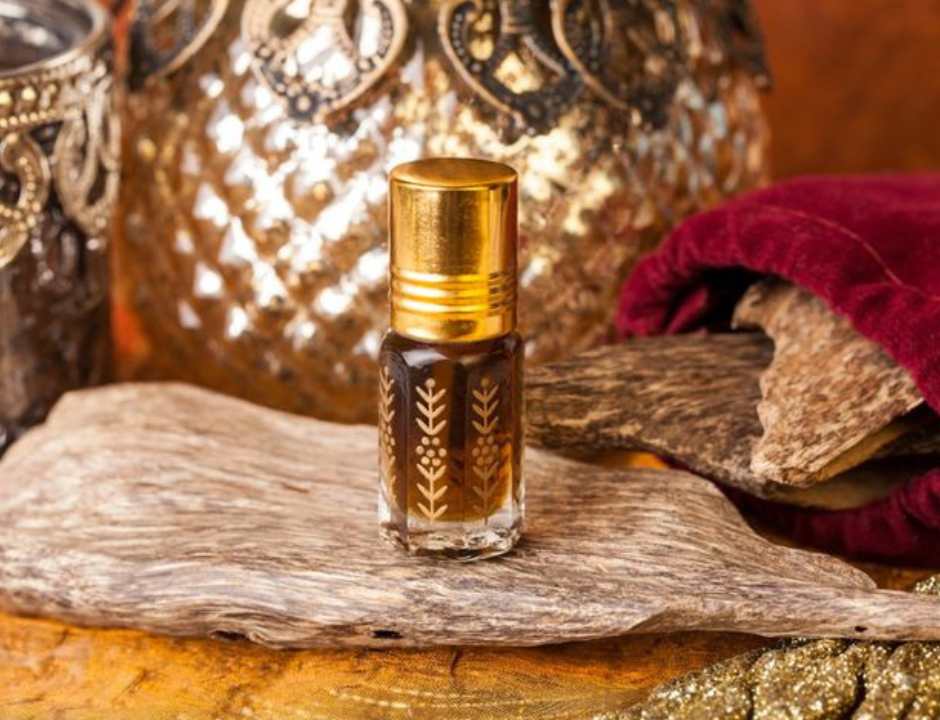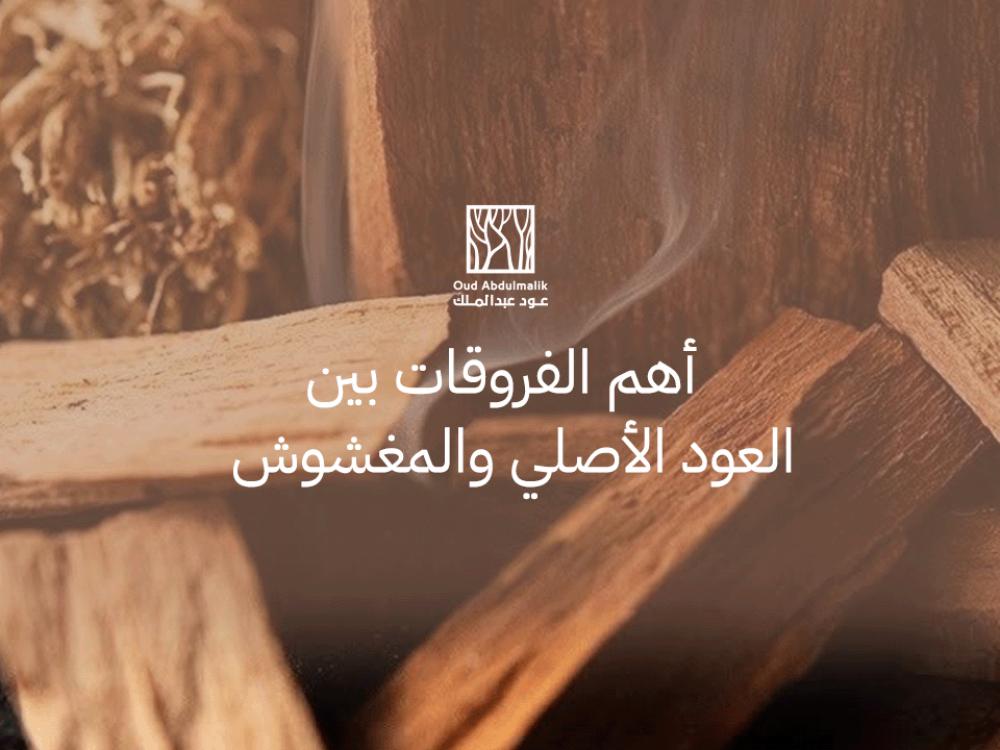Oud is an integral part of Arab culture and one of the most refined perfumes, retaining its status across generations. Authentic oud holds a special place thanks to its luxurious, timeless scent. However, with increasing demand, many counterfeit varieties have emerged, misleading consumers. This raises many questions for fans. How do you know if oud is authentic? How can you differentiate between real and fake oud?
In this article, we'll explore the most important differences that will help you choose authentic oud and enjoy an unforgettable aromatic experience.
How do you know if the oud is original?

Whether you're trying oud for the first time or you're already an oud lover looking for the original, it's important to be able to differentiate between the two types so you get a high-quality product. Here are some differences that can help you identify natural oud:
- Scent: Scent is one of the most important and powerful differences between genuine natural oud and fake oud. Genuine oud has a rich, natural, and deep scent, encompassing multiple aromatic layers. These layers may start with a warm, woody scent, then develop into a richer, longer-lasting scent.
Counterfeit oud contains additives or synthetic compounds to mimic the scent of real oud, which makes it smell unnatural and doesn't last long after burning.
- Price: Oud is a valuable commodity that has been known for a long time and used in the gatherings of kings and princes throughout history. Extracting it from rare trees requires extensive effort and a difficult craftsmanship passed down from generation to generation, making natural oud a luxurious and expensive product. Counterfeit oud, on the other hand, is manufactured from synthetic and chemical materials, making it less expensive.
So don't let a low price tempt you to buy, a cheap price often indicates a fake product!
- Oud Shape: Oud wood naturally appears as medium-sized pieces of wood, ranging in color from dark brown to deep black. Genuine oud has a smooth texture, and the wood often exhibits natural marks indicating the process of manually distilling and extracting it from the trees.
The appearance of fake oud may contain defects or strange spots, in addition to being sometimes covered with an unnatural layer or painted black.
- When burning: When real agarwood is burned, it ignites slowly and emits thick smoke and a natural fragrance that lasts for a while. It is a light blue smoke when burning and does not cause any eye irritation or breathing problems when inhaled, unlike fake agarwood, which has an unnatural and strange smell when burned.
- Buy from a trusted source: Authentic oud should be purchased from trusted sources and specialized stores. You may receive guarantees or certificates confirming its authenticity. If you purchase oud online or through an unknown marketplace, always check the seller's reputation and read customer reviews.
- Personal experience: After using oud repeatedly, you can easily distinguish it from its rich scent and durability, unlike fake oud, which may cause you to feel disappointed because you will notice the difference between it and the original natural oud.
By considering these factors, you can distinguish between authentic and fake oud. Authentic oud is not just a scent; it's a complex sensory experience that includes texture, aroma, price, and color. You can get the best experience once you buy authentic oud.
Finally, the experience of purchasing authentic oud requires careful research and investigation. At Oud Abdul Malik, we offer a variety of the finest types of oud , whether wood or oil . Order now and add a distinctive and unforgettable touch to your day or special occasions with the rich scent of oud.
Frequently Asked Questions
- Where does the scent of oud come from?
Oud is extracted from Aquilaria trees when these trees are injured or infected with certain fungi, so they produce resin to protect themselves. The infected parts are cut and the oud wood is extracted from them.
- What is the original color of oud?
The color of oud varies depending on its type and quality, but in general, it is dark brown or black with a distinctive oily sheen. High-quality oud may be very dark in color.
- What is the best type of agarwood?
There are many types of agarwood, each varying in location and quality. Each has a distinct scent and a special touch that makes it unique. Some of the best and most popular types of agarwood include Indian agarwood, Cambodian agarwood, Laotian agarwood, and Vietnamese agarwood.

